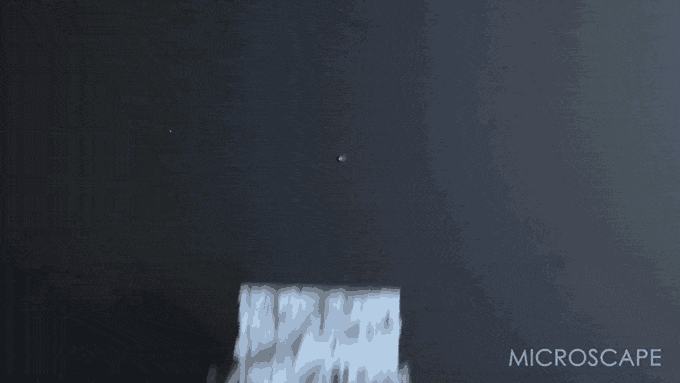A custom architectural light manufacture in California whose pieces average $3000 each recently reported a savings of nearly $90,000 over 40 projects in 18 months with the purchase of an inhouse 3D printing unit. I suspect some costs aren't captured in this estimate because there was probably some initial training required to operate the 200 Series Workbench Classic from 3D Platform efficiently. However, once the unit had a fluent operator, the designers and fabricators' ability to study the proposed design before final production was greatly increased, helping ensure the piece had the form and qualities expected.
Architecture and engineering firms will not be responsible for developing robotic 3D printers. That will continue to be very specialized knowledge. However, one of the most important points to leverage in the design process is the smooth transition of data from prototype to production, with ideally as little post-production as possible. This idea scales to include architectural 3D printing as well, wherein the engineering characteristics of the model to its final production shift even more. One can't cleanly print the REVIT model without some sort of post-processing, either automated or manual. This is again where the topic of data science has the potential to help the most because abstracting the problem to one of data is the type of knowledge needed to effectively design and produce such models, and it's already well established and studied through the field of computer science.
Having a tangible scale-model supports the design process in other ways beyond the ability to rapidly prototype ideas. Having a model to study also increases the design team's understanding of the proposed building's spatial qualities. One company doing interesting things with scaled models of urban areas is Chicago's Microscape. These city models allow design teams see how the proposed building integrates into the urban fabric and their quite beautiful in their own right. Many clients report loving the tactile nature of these sorts of presentation features, and I think this enthusiasm should be encouraged. If I had to say why clients find such models helpful, I would suggest it's because the models offer more dimensions than 2D renderings to understand the space. This quality is important when clients are trying to understand and solve functional problems with a spatial component. And I would go so far as to say this quality is helpful to designers as well.


